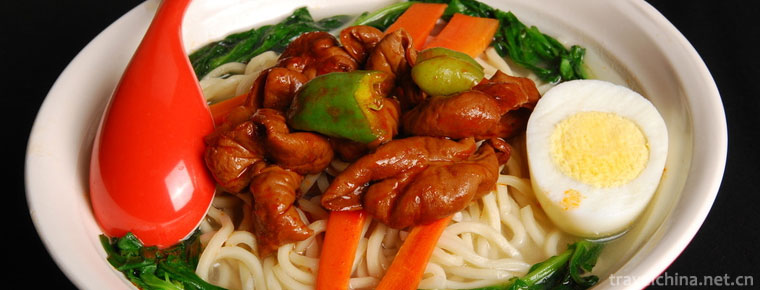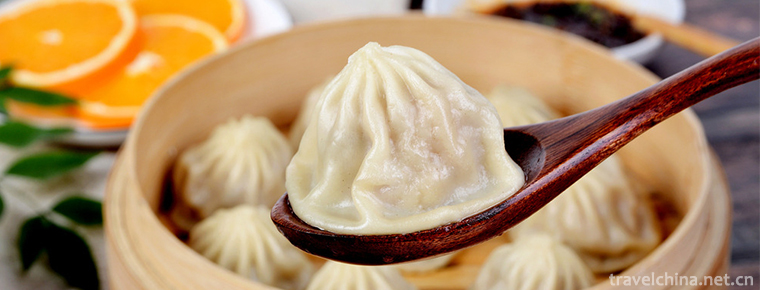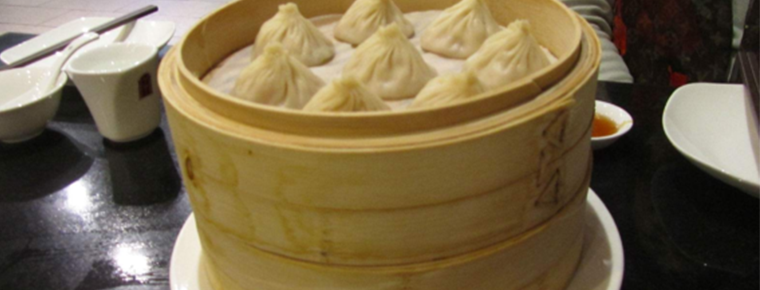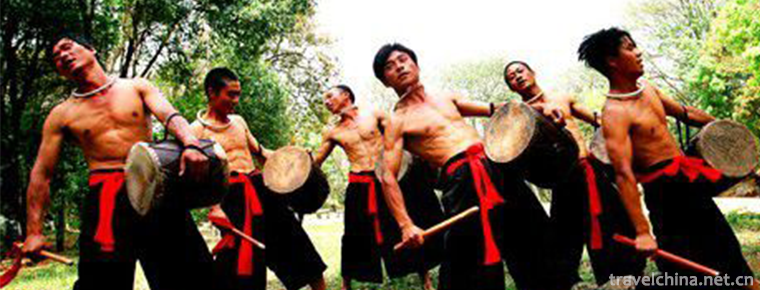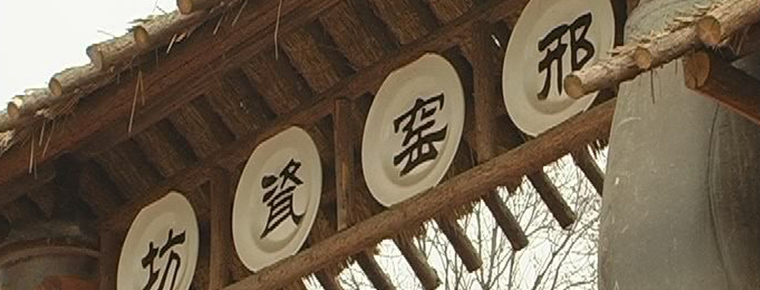Ming style Furniture Making Skills
Ming style Furniture Making Skills
Ming-style furniture making skills, local traditional handicraft in Suzhou City, Jiangsu Province, one of the national intangible cultural heritage.
Ming-style furniture production techniques began in the Five Dynasties, after the Song Dynasty, including Liao and Jin Dynasties. In the Ming Dynasty, it reached a brilliant peak and developed into different typical styles in the middle of Qing Dynasty. In the period of the Republic of China, it was influenced by foreign cultures, forming a unique traditional furniture making skills and typical styles in Suzhou.
On May 20, 2006, Ming-style furniture making skills were approved by the State Council and listed in the first batch of national intangible cultural heritage list, project number: _-45.
historical origin
During the Song and Yuan Dynasties, the furniture making techniques in Suzhou were difficult to verify because of the few objects, so they could only be seen from the painters of Song Dynasty. They were far apart from the objects, and it was difficult to study their manufacturing techniques comprehensively. However, the rule was that the tools used to make furniture determined the furniture shape. It is recorded in the literature that the "silver soot blowing" and "copper alloy iron" smelting methods were invented in the Southern Song Dynasty, and that the use of coking coal for iron smelting was a milestone of great significance in the history of Chinese metallurgy. It can be seen from this that sharp furniture making tools have been produced at this time, and furniture can be made from relatively hard wood. The furniture in Han Xizai's Banquet Picture, Banana Shade Ball Picture and Nv Xiao Jing Picture are analyzed. From its shape, there is no style of lacquer wood furniture in Sui and Tang Dynasties. The furniture is simple in shape and fine in material. The hardness of the furniture material it paints has reached the hardness of Huali wood. If these three paintings reflect the furniture of the time, then we can be sure that the woodworking tools made by their furniture have been significantly improved.
The Ming Dynasty was founded in 1368. Furniture production in the Ming Dynasty developed on the basis of inheriting the skills of furniture production in the Song Dynasty. In the early Ming Dynasty, there were three kinds of production forms coexisting. The first type of lacquer wood furniture gradually dropped out of the dominant position with the gradual improvement of the production techniques of hardwood furniture and the popular style of modeling. The furniture making of the second kind of hard wood has begun its brilliant development course. On the basis of inheriting the production techniques of hardwood furniture in Song and Yuan dynasties, its standardized and systematic production techniques were gradually formed. In Jiajing and Wanli dynasties, the peak of ancient furniture production was reached, and the furniture with typical style at that time was formed, which was praised as "Ming style furniture" by later generations. Generally speaking, in the early and middle Ming Dynasty, the furniture form in Jiangnan area of Suzhou was lacquer wood furniture and hard wood furniture coexisting. Hardwood furniture was the main form in the middle and late Ming Dynasty.
After the Ming Dynasty died in 1644, the Qing government set its capital in Beijing, which continued the Ming Dynasty culture on furniture. This can be seen in the shape of "Soviet furniture", which inherited most of the characteristics of furniture making skills of the Ming Dynasty. By the mid-Qing Dynasty, influenced by the styles of Cantonese and Beijing furniture, new features were constantly emerging in the process of improvement, and on the basis of inheriting furniture styles of Ming Dynasty, a certain development was made, which resulted in many new shapes and styles of "Su writers'furniture", but it did not become a generation of Qing style like Cantonese and Beijing furniture. Example. It's in Suzhou, south of the Yangtze River. "Soviet furniture" was formed from the mid-Qing Dynasty to the early Republic of China. It is another typical style furniture formed in a specific period of time. It is a typical representative of "Soviet furniture" from inside to outside. It has profound cultural connotation and external modeling characteristics. It inherits the "Ming style" in shape, production technology and integrity. Furniture style.
After the Opium War, "Shanghai-style Soviet Writing Instruments" maintained the original traditional tenon-mortise structure and traditional production techniques, based on the production techniques of the Soviet writers in Ming and Qing Dynasties, taking the shape of the Shanghai-style furniture as the table, and inheriting the production techniques since Ming and Qing Dynasties in one continuous line, and based on the traditional Soviet writers'furniture techniques. However, in the concept of modelling, "Shanghai style thinking is the characteristic, catering to the current trend at that time", forming a modelling different from furniture in Ming and Qing Dynasties, "Su writers'furniture" production techniques in the Republic of China period appeared a typical feature - mosaic furniture (outside with red acid branches, Shanghai, Suzhou called old mahogany, inside with camphor wood, and so on). Cunninghamia lanceolata, whose production technology is seamless in appearance, can not be seen carefully, and its skills are amazing, which is also one of the greatest characteristics of "Shanghai-style Su furniture".
Process characteristics
structure
Wooden tenon and mortise structure has made great progress in the application of Ming style furniture. There are more than 200 tenons and mortises in Ming style furniture, which are more diversified, precise and ingenious than other wooden tenons and mortises.
function
Ming-style furniture pays attention to conform to the human body's scale, such as the design of seats, so that people do not forget etiquette when using, develop good sitting posture and polite habits, reflecting the Confucian style.
characteristic
Suzhou Ming-style furniture has formed the characteristics of "rigorous structure, smooth lines, exquisite craftsmanship, bright paint" and "concise shape, exquisite workmanship, elegant style" after thousands of refinements, which has a high artistic style.
Decorative pattern
The sculpture patterns of Su Zuo-ming furniture are often applied to thrones, bat and bamboo patterns to tables, chairs and cabinets, and Ganoderma lucidum patterns to both ends of clothes hangers and noodles and basins. Huizi pattern and honeysuckle pattern are often applied at the edge of furniture. Lotus pattern and Babao pattern are widely used. Moire pattern is often combined with dragon pattern, bat pattern, Baxian pattern and Babao pattern to form various Zhanxiang patterns.
Inheritance and protection
Inheritance value
The historical and cultural value of Ming-style furniture lies in its long-term development and milestone achievements in the field of daily-used furniture. Its integrity, rationality, practicability and decoration have reached its peak. In Ming-style furniture, whether chairs, tea tables or desks and bookshelves, its delicate shape, symmetrical proportion and clear lines fully reflect the cultural connotation and artistic temperament of furniture. It takes structural parts as decorative parts, fully reflects the natural characteristics of natural materials, refines, fits and scientific tenon and mortise techniques, and makes it reach the perfect situation.
Ming-style furniture and its production techniques have reached an unparalleled height in the field of furniture used by people everyday, and achieved milestone-like achievements. Its integrity, rationality, practicability and decoration have reached the peak. Its delicate shape, symmetrical proportion and clear lines fully reflect the cultural connotation and artistic temperament of Ming furniture. Its shape is simple and plain, not only full of fluent and meaningful line beauty, but also gives people implicit and elegant enjoyment. It takes structural parts as decorative parts, without carving or decoration, fully reflects the natural characteristics of natural materials. The concise, suitable and scientific mortise and tenon technology makes it reach the perfect situation. The essence, spirit and spirit of Ming style furniture making technology occupy an irreplaceable position in people's minds.
Inheritance status
Due to the fact that the precious timber such as pear and rosewood, which are needed for making Ming-style furniture in Suzhou, is almost entirely dependent on imports and difficult to obtain, the development of Ming-style furniture making techniques is limited.
Inheriting characters
Xu Jianping, male, was born on September 14, 1954. On May 26, 2009, Xu Jianping was selected as the representative successor of the third batch of national intangible cultural heritage projects and declared in Suzhou, Jiangsu Province. Project Name: Ming style furniture making skills.
protective measures
Since 2000, Suzhou has organized experts and technicians to set up the Suzhou Ming-style Furniture Research Institute, formulated and implemented the Ming-style Furniture Production Skills Protection Plan, and copied some of the Ming-style furniture exquisite products and treasures.
In October 2006, in order to inherit and promote the Ming-style furniture making skills, Suzhou established the China Ming-style Furniture Research Institute to carry out research and development of Ming-style furniture, inheritance and training of Ming-style furniture skills, and identification and restoration of ancient furniture. In order to realize protection and inheritance in an all-round way, the Institute and Suzhou Boya Guyi Furniture Factory jointly set up a production base. The Research Institute also went deep into the folk to search for the material objects and materials of Ming and Qing furniture left over in various parts of Suzhou, to sort out and set up detailed archives. The Institute has also set up a special exhibition room for historical materials and products of Ming style furniture in Suzhou.
In July 2010, Nanjing Guanpu Art Museum established Jiangsu Zuoming Furniture Art Research Institute and Non-Heritage Culture Tourism Base to study and display non-hereditary technology achievements, popularize non-hereditary technology knowledge, show the profound historical connotation of Chinese traditional wooden culture, and promote the production of traditional Suzuo small wooden furniture. The development of industry. Through the establishment of production base, the protection of traditional technology will be put into practice in production, and the protection of technology will be returned by production and sales.
social influence
Important Exhibitions
On the occasion of National Day 2016, the "Suzhou Creation" - Exhibition of Ming Dynasty Furniture (Suzuo) Production Skills, sponsored by the Gongwangfu Management Center of the Ministry of Culture, opened in Gongwangfu, in which the Ming Dynasty Furniture Production Skills were displayed.
On September 19, 2018, the 10th Zhejiang China Intangible Cultural Heritage Exposition and Hangzhou Craft Week opened at the Baima Lake International Conference Center in Hangzhou, in which the Ming Dynasty furniture making skills were displayed.


-
Pork intestine Noodles
Pork intestine Noodles are famous traditional snacks in Sichuan.
Views: 198 Time 2018-10-12 -
Kaifeng soup dumplings
Kaifeng filling soup bag is one of the famous foods in Kaifeng because of its unique flavor. The soup is thin and white like Jingdezhen ceramics. It has a transparent feeling.
Views: 203 Time 2018-11-26 -
Fanggan Ecological Scenic Area
Fanggan Eco-tourism Area is located in Luye Township in the north of Laiwu City. It is bordered by Jinan in the north, Zibo in the East and Taian in the west. National Highway 09 is very convenient fo.
Views: 293 Time 2019-01-12 -
Yanxiangdong Ecotourism Area of Hanjiang River
Yanxiangdong Ecotourism Scenic Spot of Hanjiang River is located in Shiquan, covering an area of 80 square kilometers, north of Qinling Mountains and south of Bashan Mountains.
Views: 199 Time 2019-01-13 -
Huguangyan Scenic Spot
Huguangyan Scenic Spot is located 18 kilometers southwest of Zhanjiang City, the southernmost part of the mainland of China. It is called "natural yearbook" of earth and geological science b.
Views: 177 Time 2019-01-16 -
Qinhu National Wetland Park
Qinhu National Wetland Park is located between the central part of Jiangsu Province and the Yangtze and Huaihe River. The total area of the scenic spot is 26 square kilometers..
Views: 146 Time 2019-02-07 -
Traditional pasta making techniques
Traditional pasta making technology was listed in the second batch of national intangible cultural heritage list in 2008..
Views: 88 Time 2019-04-20 -
Green Tea Production Techniques
Green tea production technology is a national intangible cultural heritage. Luan Guapian is a special kind of green tea. Cucumber seed-like flake-shaped tea is made from local endemic varieties by wre.
Views: 295 Time 2019-05-15 -
Drum dance
Hani rhythm and drum dance is a kind of sacrificial dance of Hani people on the traditional festival "Onmatu". The dance is vigorous and bold, vigorous, simple and free, showing the same per.
Views: 53 Time 2019-05-23 -
Sintering Techniques of Xingyao Ceramics
Xingyao firing technology is a local traditional handicraft in Hebei Province. Xing kiln is a famous northern kiln in China. As early as the Northern Dynasty, Xing kiln began firing celadon and a smal.
Views: 226 Time 2019-07-08 -
juvenile Meng Ran Tik Tok Songs 2020 Hot Songs
"Juvenile" is a song composed and sung by mengran, which is included in the album "juvenile" released by mengran on November 14, 2019..
Views: 182 Time 2020-05-21 -
Mianyang economy
In 2019, the gross domestic product (GDP) of Mianyang City will reach 285.620 billion yuan, which will increase by 8.1% according to the comparable price. The growth rate is 0.6 percentage points higher than the average level of the whole province..
Views: 130 Time 2020-12-14
